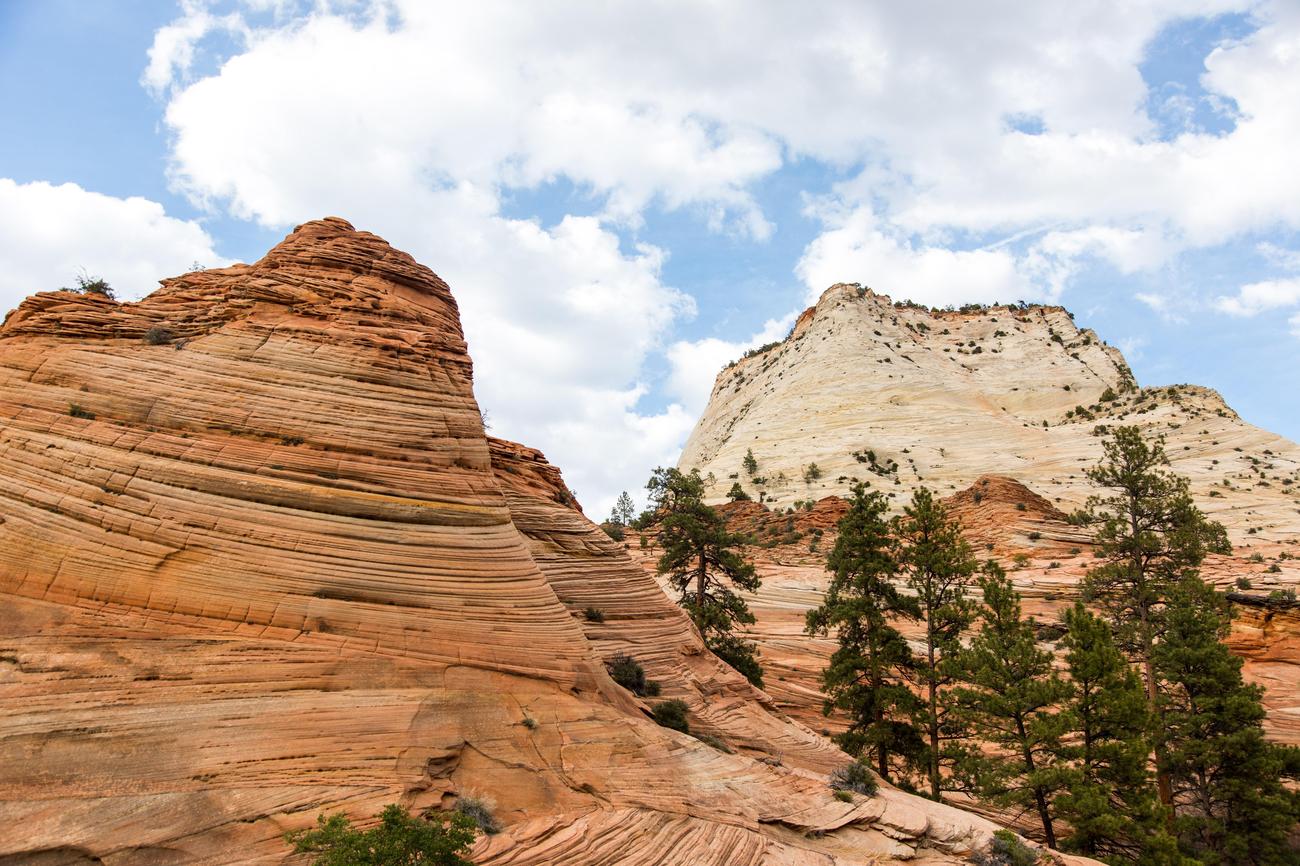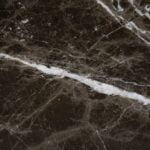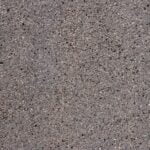Are you ready to dive into the fascinating world of granite formation? Brace yourself for a captivating journey as we unravel the mysteries behind this majestic igneous rock. In this article, we will explore the intricacies of granite, examining the mesmerizing processes through which it is born. From its humble beginnings deep within the Earth’s crust to the awe-inspiring geological significance it holds, get ready to be amazed by the extraordinary story behind the formation of granite. So, fasten your seatbelts and get ready to embark on an enlightening expedition into the enigmatic world of granite creation.
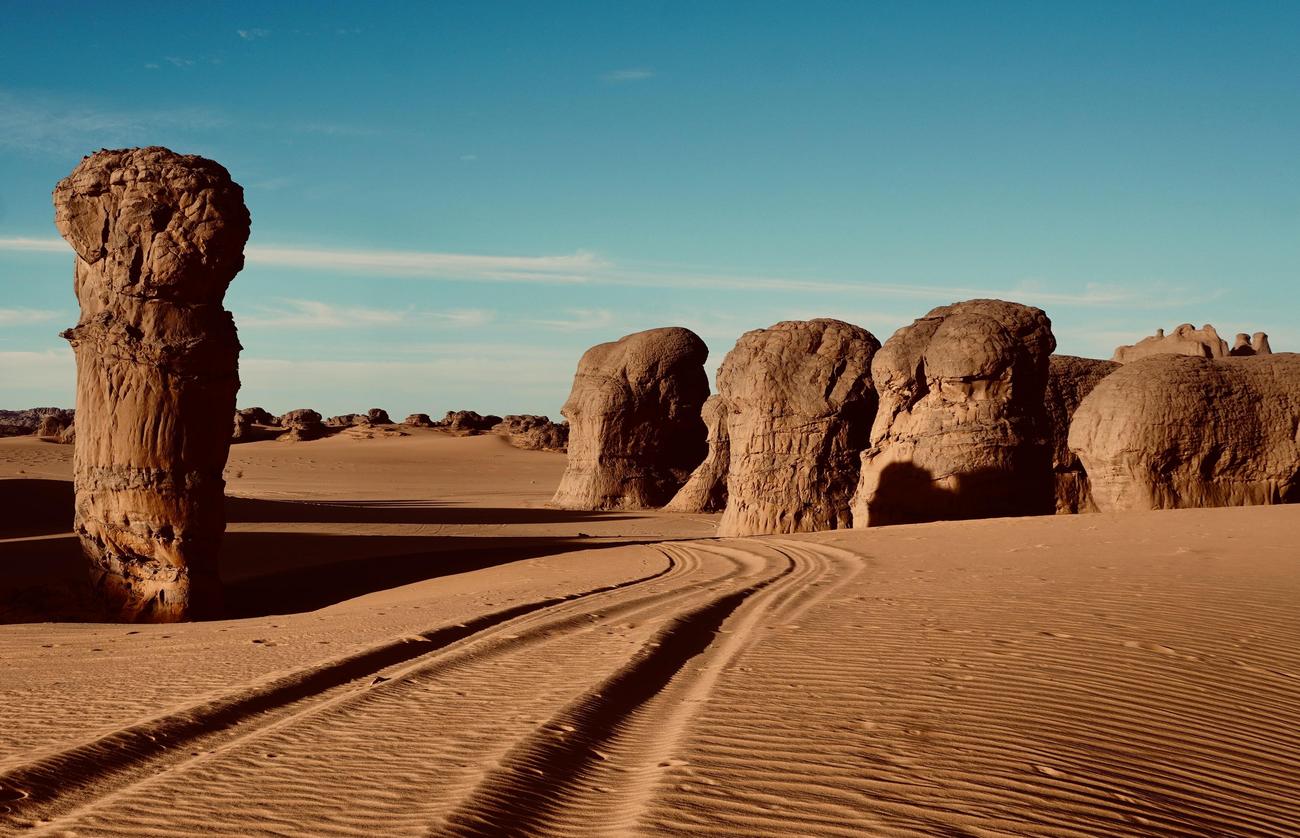
Formation of Granite
Granite, one of the most fascinating rocks on Earth, is formed through a captivating process that has captured the curiosity of geologists like myself for centuries. In this article, I will take you on a journey through the intricate formation of granite, unraveling the secrets hidden beneath the Earth’s surface.
The Slow Dance of Magma and Cooling
At the core of granite’s formation lies the dance between magma and the cooling process. Unlike other igneous rocks that are created through rapid cooling on the Earth’s surface, granite takes shape deep underground, where magma cools gradually over millions of years. This slow cooling allows for the unique composition and structure of granite to develop.
Key Point:
Granite is an igneous rock formed from the slow cooling of magma underground.
The Triumvirate of Minerals: Quartz, Feldspar, and Mica
To understand the essence of granite, we must acquaint ourselves with its primary constituents: quartz, feldspar, and mica minerals. Quartz, with its beautiful crystalline structure, brings strength and durability to granite. Feldspar, on the other hand, adds color, lending granite its stunning variety of hues. Lastly, mica adds a touch of shimmer and sparkle, providing granite with its sought-after aesthetic qualities.
Key Point:
Granite is composed primarily of quartz, feldspar, and mica minerals.
Subduction Zones: The Birthplace of Granite
Now, let’s venture into the world of plate tectonics and subduction zones, where the forces of nature shape the destiny of granite. Subduction zones are areas where oceanic plates plunge beneath continental plates, creating geologically active regions. It’s within these majestic zones that granite finds its birthplace. The intense heat and pressure deep within the Earth’s crust, combined with the subduction process, provide the perfect conditions for granite formation.
Key Point:
Granite is most commonly formed in subduction zones where oceanic plates dive beneath continental plates.
Lava’s Mysterious Composition: A Prerequisite for Granite Formation
To unlock the secrets of granite formation, we must explore the enigmatic composition of lava. While lava eruptions may seem chaotic and unpredictable, the lava responsible for creating granite must possess a specific composition: rhyolite. Rhyolite is a type of lava found exclusively on land and is not produced by oceanic volcanoes. Without this essential match in composition, the formation of granite remains elusive.
Key Point:
The composition of the lava must match that of granite (rhyolite) for granite formation to occur.
The Transformative Journey of Granite
Granite, like all rocks, undergoes a transformative journey over time. Under the right conditions of heat and pressure, granite can metamorphose and transform into a new rock called gneiss. This metamorphic process alters the mineral composition and texture of granite, creating a stunning rock with its own unique characteristics.
Key Point:
Granite can also undergo metamorphism and transform into gneiss.
Where Art Meets Science: Granite’s Practical Applications
Beyond the realm of geology, granite has found an enduring place in our daily lives. Its durability, beauty, and resistance to wear make it a highly sought-after material for construction and building purposes. From elegant countertops to impressive monuments, granite’s practical applications are limited only by our imagination.
Key Point:
Granite is commonly used in construction and building materials due to its durability and aesthetic qualities.
In conclusion, the formation of granite is a mesmerizing process that takes place deep within the Earth’s crust. Through the slow cooling of magma, the interplay of quartz, feldspar, and mica minerals, and the dynamic forces of subduction zones, granite emerges as a remarkable igneous rock. Its geological significance and practical applications make it a subject of fascination for both scientists and those who appreciate its timeless beauty.
So next time you encounter a granite surface or marvel at a prestigious granite structure, take a moment to appreciate the captivating journey it embarked upon, quietly existing but forever reminding us of the fascinating world beneath our feet.
Granite is one of the oldest and most fascinating stones on Earth. Its origins date back billions of years, making it a true geological marvel. But have you ever wondered just how old granite really is? If you’re curious to uncover the secrets of this ancient stone, click here to find out: How Old Is Granite. Prepare to be amazed as you delve into the depths of time and discover the incredible age of granite. Don’t miss this opportunity to satisfy your curiosity and gain a deeper appreciation for the wonders of our planet.
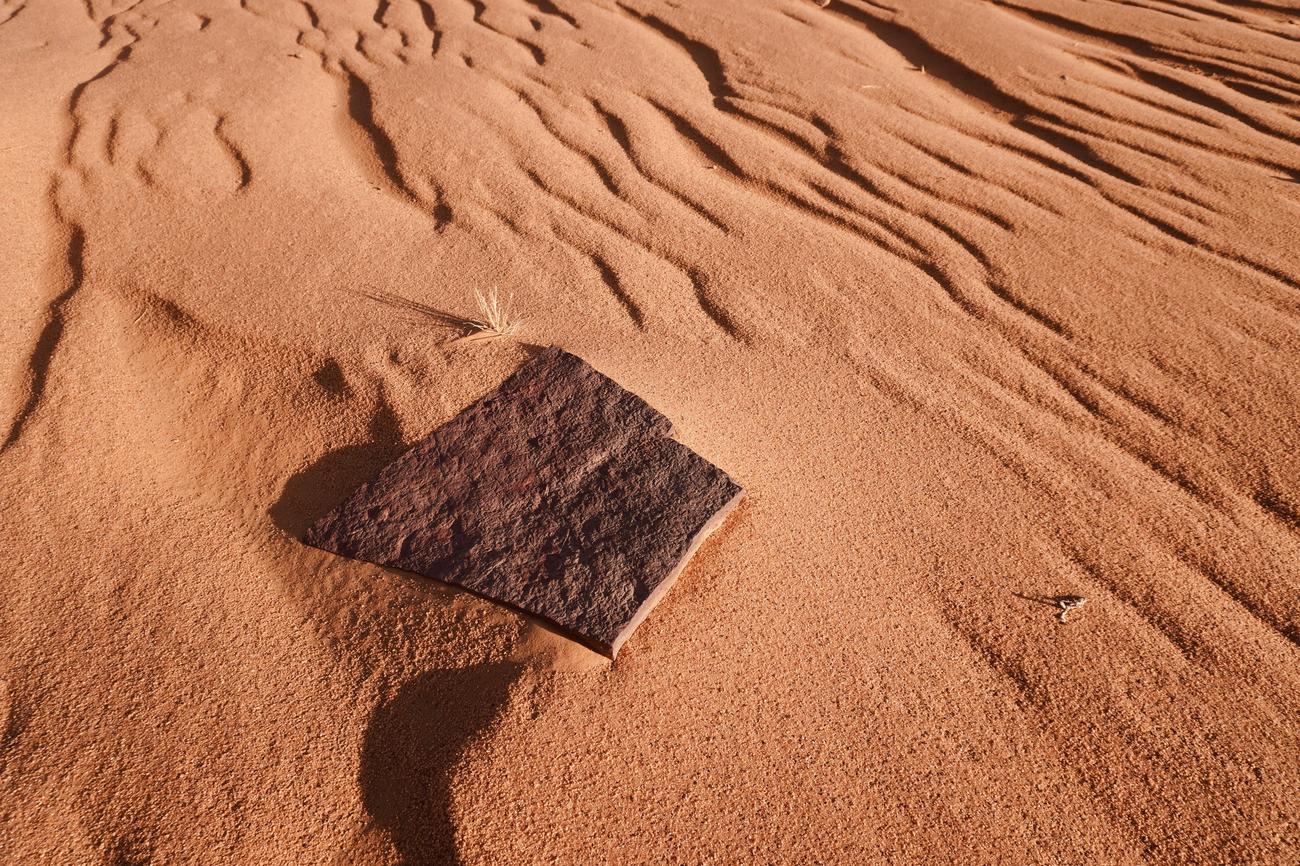
FAQ
Question 1:
What is granite and how is it formed?
Answer:
Granite is an igneous rock that forms when magma cools slowly underground. It is composed primarily of quartz, feldspar, and mica minerals. The slow cooling process allows the minerals to crystallize and form a coarse-grained texture characteristic of granite.
Question 2:
Where is granite commonly formed?
Answer:
Granite is most commonly formed in subduction zones where oceanic plates dive beneath continental plates. These zones provide the necessary conditions for the formation of granite, including the right composition of lava and the slow cooling required for crystallization.
Question 3:
What is the composition of granite?
Answer:
Granite is primarily composed of quartz, feldspar, and mica minerals. Quartz, a common mineral found in granite, contributes to its hardness and durability. Feldspar provides granite with its visible crystals, while mica adds a shimmering appearance.
Question 4:
Can granite undergo any changes or transformations?
Answer:
Yes, granite can undergo metamorphism and transform into a metamorphic rock called gneiss. Metamorphism occurs when granite is subjected to high pressure, heat, and geological forces, causing its minerals to realign and form gneiss.
Question 5:
What are some practical applications of granite?
Answer:
Granite is commonly used in construction and building materials due to its durability and aesthetic qualities. It is utilized for countertops, flooring, façades, and monuments. Its resistance to weathering and its variety of colors make it a popular choice in architectural and decorative applications.
“`json
“`
- Crypto Quotes’ Red Flags: Avoid Costly Mistakes - June 30, 2025
- Unlock Inspirational Crypto Quotes: Future Predictions - June 30, 2025
- Famous Bitcoin Quotes: A Deep Dive into Crypto’s History - June 30, 2025
